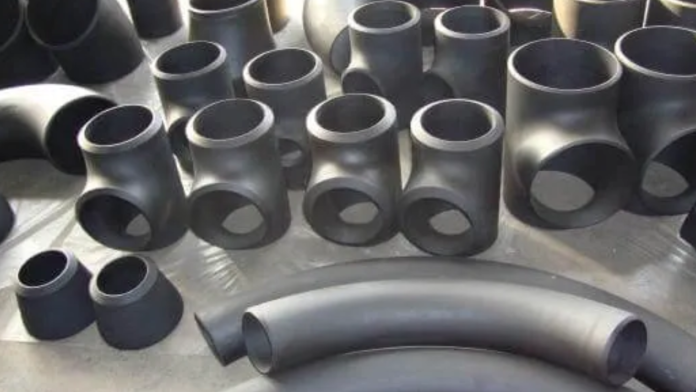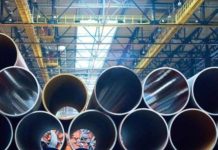Seamless steel tubes called ERW (Electric Resistance Welded) pipes are created by fusing steel strips by applying high-frequency electric currents to their edges. This process melts and fuses the steel strips. Production cost-effectiveness, homogeneity, and dimensional correctness are guaranteed by this technology.
ERW pipes are extensively used in the water distribution, oil and gas, pipeline, and automotive industries. Although ERW pipes are very versatile and have high production rates, some applications may need extra coatings to prevent corrosion. Notwithstanding their thickness and size restrictions, they are essential parts of many industries due to their dependability. The detailed information on the ERW pipe is right here. You can visit UNIACERO.
How Are Pipes Made For ERW?
Electric Resistance Welding is the method used to create ERW pipes. Using this technique, a steel strip or coil’s edges are exposed to high-frequency electric currents, which melt and fuse the edges. A seamless pipe with a welded connection is the end product. Because of this affordable method that guarantees dimensional correctness and uniformity, ERW pipes can be used in a variety of industries, such as construction, water distribution, oil and gas transportation, and automotive sectors.
Factors Need To Be Taken Into Account Before Adopting ERW Pipes
Transporting gases and liquids is a popular usage for electric resistance welded (ERW) pipes in a variety of industries. It’s crucial to take a few things into account while utilizing ERW pipes to guarantee their longevity and correct operation. Here are some crucial things to remember:
Material Selection:
Carbon steel, stainless steel, and alloy steel are just a few of the materials that can be used to make ERW pipes. The particular application, the surrounding circumstances, and the necessary mechanical qualities all influence the material selection. When choosing the material for your ERW pipes, take into account aspects like temperature resistance, corrosion resistance, and pressure ratings.
Pipe Dimensions and Sizes:
For effective fluid or gas conveyance, ERW pipes must be sized correctly. The right pipe dimensions should be chosen after taking the necessary flow rates, pressure ratings, and environmental factors into account. Pipes that are either too big or too little might cause inefficiencies, higher energy costs, or even system breakdowns.
Weld Quality:
An important aspect of ERW pipe quality and performance is the type of welding technique utilized. Make sure the pipes go through strict quality control procedures and meet industry standards. Welds of the highest caliber are necessary to stop leaks, structural failures, and other safety issues.
Pipe Coating and Protection:
When exposed to hostile environments, ERW pipes are particularly vulnerable to corrosion. To increase the pipes’ service life, the right coating and protection measures must be put in place. Take into account elements including coating kind, application technique, and expected exposure to corrosive chemicals.
Application-Specific Standards:
ERW pipes may be subject to particular standards and laws depending on the applications and industries they serve. Learn about the standards that apply to your application, such as ASTM A53 for general-purpose applications or API 5L for oil and gas pipelines. Adherence to these guidelines guarantees that the pipes fulfill the essential criteria for both efficiency and security.
Temperature and Pressure Ratings:
Recognize the operating temperature and pressure ranges for the ERW pipes. Temperature and pressure ratings differ amongst materials. Overdoing these restrictions could jeopardize the pipes’ structural integrity and result in malfunctions and safety risks.
Installation Environment:
Take into account the installation environment, taking into account elements like the kind of soil, chemical exposure, and possible mechanical stresses. To avoid deformation or damage to the ERW pipes during their service life, proper installation techniques are essential. These practices include selecting the right anchoring and support systems.
Inspection and Testing:
To identify possible problems early and guarantee continued performance, ERW pipes must undergo routine inspection and testing. Weld flaws and other flaws that can jeopardize the integrity of the pipes can be found using non-destructive testing techniques including X-ray inspection and ultrasonic testing.
Final Talk
Careful consideration of material selection, coating, weld quality, and adherence to industry standards are necessary for the efficient usage of ERW pipes. Industries can maximize the lifespan, safety, and performance of ERW pipe systems by giving these issues priority, guaranteeing a dependable and affordable solution for a range of applications.









